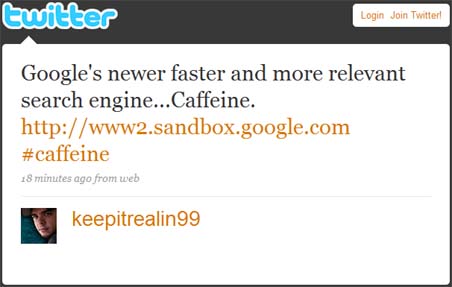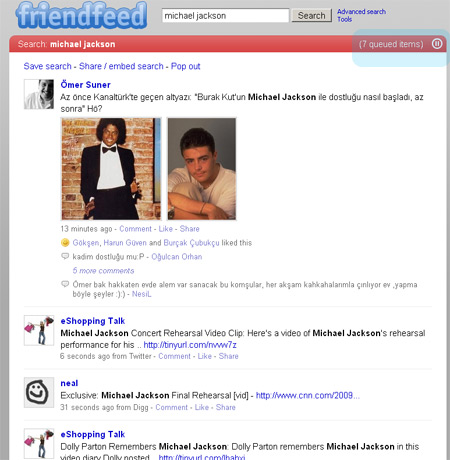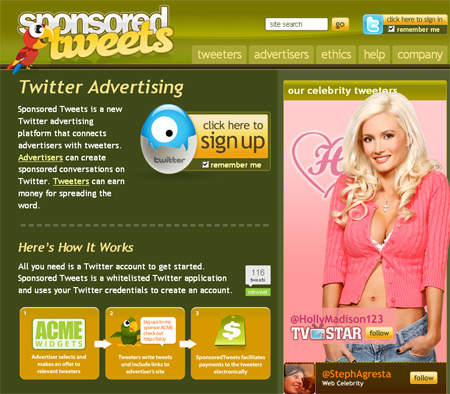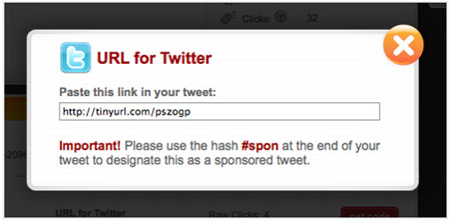
You probably have heard stories about businesses that will pay you just to drive around with an advertisement on your car, but do these opportunities really exist? And, if so, how do you find them?
They're called "free car" programs or "get paid to drive" promotions. These programs do exist, although they aren't as plentiful as they once were. The key is knowing where to look and having what it takes to make you an ideal advertising driver.
How it works
Here's the basic premise of the "paid to drive" concept: A company seeks people -- regular citizens, not professional drivers -- to go about their normal routine as they usually do, only with a big ad plastered on their car. The ads are typically vinyl decals, also known as "auto wraps," that almost seem to be painted on the vehicle, and which often cover a large portion of the car's exterior surface.
The car owner is then compensated, usually a few hundred dollars per month, which is essentially a "rental" payment for letting the company use that space. In the past, there's also been a "free car" version of this concept. The company provided the driver with a new, prewrapped car. In this situation, the drivers usually didn't get any cash; their payment amounted to the free use of a new car. However, companies quickly discovered that giving away a bunch of free cars didn't make economic sense, so few still take this approach, says Drew Livingston, president of Free Car Media in Los Angeles.
What does the company get out of this type of ad strategy? Lots of exposure. The auto wraps tend to be colorful and eye-catching and attract lots of attention. Plus, it's a form of advertising with a captive audience, meaning people who are stuck in traffic and can't avoid seeing the wrapped car alongside them, Livingston says.
The companies usually select drivers who live in desirable locations such as high-traffic, urban areas. A company's ideal driver can vary depending upon the target demographic they want to reach, according to Brandon Clarke of DrivenMedia, a Phoenix-based advertising company that specializes in creating branded vehicle campaigns for clients. For example, a tech or electronics company may seek drivers who live on or near college campuses, so as to gain exposure with the college crowd.
The vehicles in these programs are often equipped with GPS tracking devices, so the companies can make sure the drivers spend sufficient time in the desired areas.
'Paid to drive' primetime
Paid-to-drive programs were very popular five to 10 years ago. Gas was cheaper, and people were spending more time on the road. There were plenty of Web sites devoted to these programs, including many fee-charging sites that acted as a middleman and promised to connect willing drivers with companies seeking vehicles for their ads.
Then, fuel prices spiked and people weren't spending as much time in their cars, Clarke says. At the same time, online advertising became the rage.
Current opportunities
Still, there are opportunities out there, if you know where to look.
Livingston says his company's client companies still have plenty of campaigns running nationwide. Business slowed slightly right before the recession but returned when the economy started going south.
"Consumers are seeking ways to make money, while companies are cutting back on spending for television campaigns and looking for more affordable advertising strategies," Livingston says.
On average, Livingston's clients put about 800 to 1,000 wrapped cars on the road.
Like other similar companies, Free Car Media serves as a matchmaker. Interested consumers register at MyFreeCar.com and then are notified when they meet the criteria a client seeks in potential drivers.
Drivers are paid an average of $700 to $900 per month, with campaigns usually running a few months long. Drivers use their own cars which are fitted with the wrap. "They don't actually get a free car," Livingston says. "But the monthly payment is generally enough to cover their auto expenses like car payment, gas, etc., for the month, so that's where the name comes from."
It doesn't cost anything for drivers to sign up, and Livingston warns people to avoid any sites that do charge a fee.
"There are a lot of unscrupulous companies that want to charge you $20, $30 or more when you can get this information yourself for free. I get calls on a weekly basis from people who are upset because they were scammed," he says. Livingston says that anyone who is directed to his site after paying a fee to another service should demand a refund.
Adding to the confusion, many of the sites -- legitimate and questionable -- have very similar names, often some variation of the words "free" and "car." So it's important to check out the Web site carefully, watching for any mention of fees or membership costs.
Finding drivers
Clarke says his company puts a lot of effort into recruiting brand influencers, or drivers who are a perfect fit for the client's target audience.
"Recent engagements have focused on family-oriented and consumer driven advertisers who are generally trying to create awareness within a specific region among active moms with active families," Clarke says, adding that busy soccer moms would make perfect driver candidates for these campaigns. "With active families being such a coveted demographic, incorporating their vehicles is ideal since they're getting tremendous exposure parked in the pick-up line at school, at the Saturday morning soccer games, etc."
There are important criteria for driving candidates. "Background, driving record, employment verification, personal interview, as well as having mandatory minimum auto insurance coverage are part of the vetting process," Clarke says. "We're also looking to incorporate an online personality assessment tool and a short online defensive driving course."
Interested drivers can sign up for opportunities at Drivenmediaonline.com. "We compensate drivers within a range of $300 to $500 per month, with incentives and other engagements that allow them to earn more," Clarke says. "Our typical campaign lasts three to six months, with the time frame and vehicle type being the primary factors for determining their monthly compensation."
So imagine that you have a big sticker saying "Google Is Your Friend" on you car,imagine....:)
Comments are welcome.
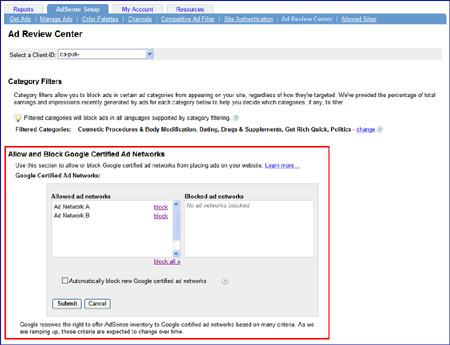






 Fair warning: don't expect Caffeine to introduce natural language recognition, search results from Twitter, or anything else too fancy.
Fair warning: don't expect Caffeine to introduce natural language recognition, search results from Twitter, or anything else too fancy. 